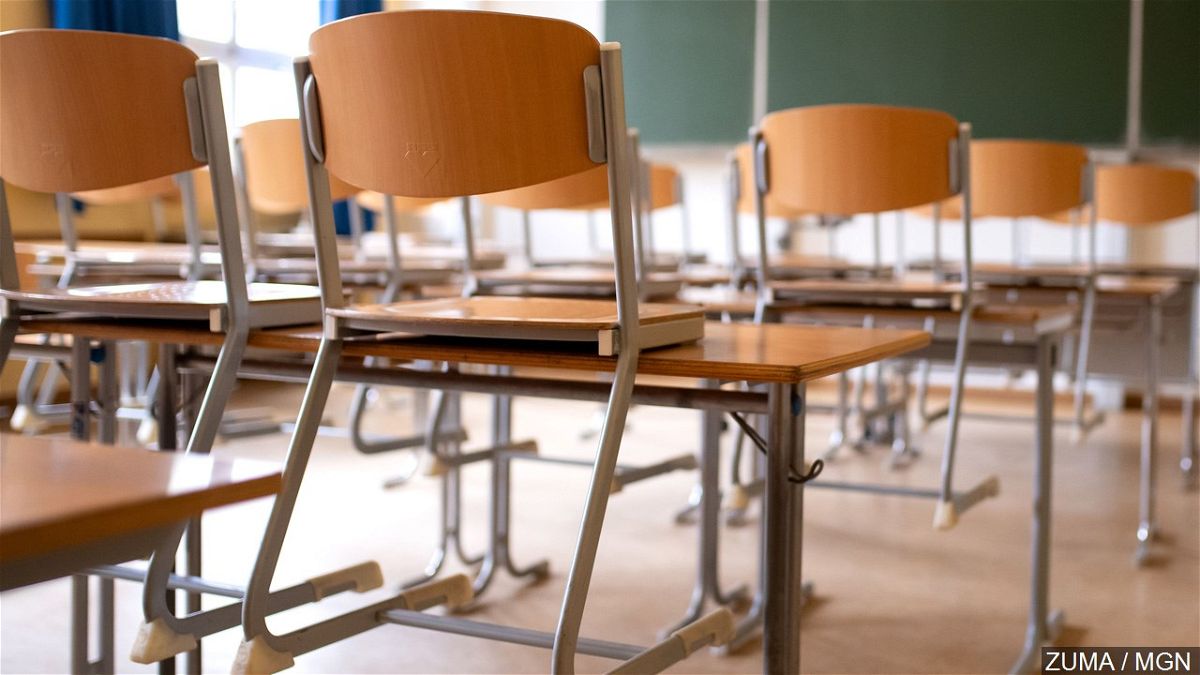California governor signs law aimed at putting kids in class

SACRAMENTO, Calif. (AP) California’s public schools can tap into $6.6 billion of new state spending to return students to classrooms under a bill Gov. Gavin Newsom signed into law Friday that has attracted bipartisan support and scorn in equal measure.
Newsom signed the bill via Zoom, mimicking how most of the state’s 6.1 million public school students have been learning for the past year. The irony was not lost on Newsom, who said the virtual ceremony was necessary to include other state officials who were scattered across the state.
Newsom signed the law as he faces a possible recall election later this year, fueled by anger over his handling of the pandemic. On Friday, Newsom said “now is the time to safely reopen,” highlighting the struggles he and lawmakers have had in negotiating a plan on the best way to do that.
“When you look at 58 counties, a thousand-plus school districts, this truly is a challenge at a scale no other state in the country is faced with,” Newsom said.
The law easily passed the state Legislature on Thursday with only four opposing votes. Yet many of the lawmakers who voted for it spent more time highlighting the law’s shortcomings than its strengths.
“It just doesn’t go far enough,” said Republican state Sen. Melissa Melendez. “My fear is that we’re not going to see kids going back to any type of real, valuable in-person instruction, until next year.”
While businesses have opened and closed through the ups and downs of the pandemic, many school boards have not been willing to return students to classrooms as they have struggled with the costs associated with public health standards and negotiations with teachers’ unions.
But as the rate of new coronavirus cases continues to fall and more people are getting vaccinated, politicians and parents have been pressuring districts to return to in-person learning before the end of the school year.
The new law is the state’s first attempt to do that on a statewide scale. It does not require school districts to return students to classrooms or force parents to send their kids back to schools if they don’t want to.
Instead, the law sets aside $2 billion for districts that offer in-person instruction by the end of March. Another $4.6 billion in spending goes to all districts to help students catch up on the material they have missed in the past year, but the law says districts must use at least 85% of that money on in-person learning.
“We’re going to go home to our districts and beg all of our districts to open up,” said Assemblyman Phil Ting, a Democrat from San Francisco.
OpenSchoolsCA, a parents’ group that advocates for a return to in-person learning, said the money won’t be enough to convince many districts to return students to classrooms, especially large, urban districts.
“The bill signed today is yet another failed attempt to return a majority of California’s 6 million public school students to their classrooms,” the group said in a news release.
To be eligible for the money, most districts will have to offer in-person learning for all elementary school grades. But the law does not require a return to classrooms for most middle and high school students. It also doesn’t say how long students should be in a classroom each week, prompting fears some districts could return students for just one day per week and still be eligible for the money.
“It’s not the perfect answer, it’s also not the final answer, but it’s an answer that is going to let our kids learn and our teachers teach,” Senate President Pro Tempore Toni Atkins said.